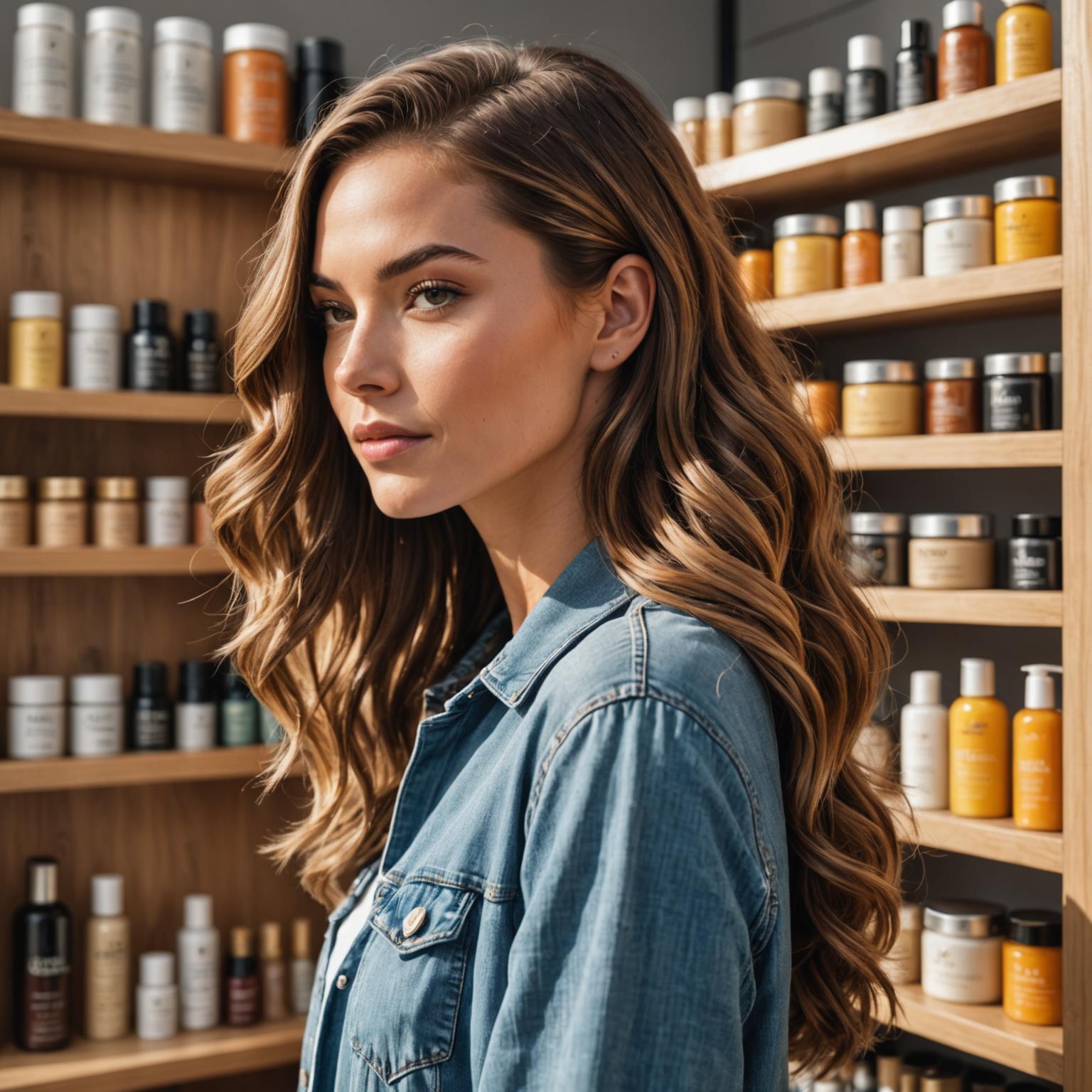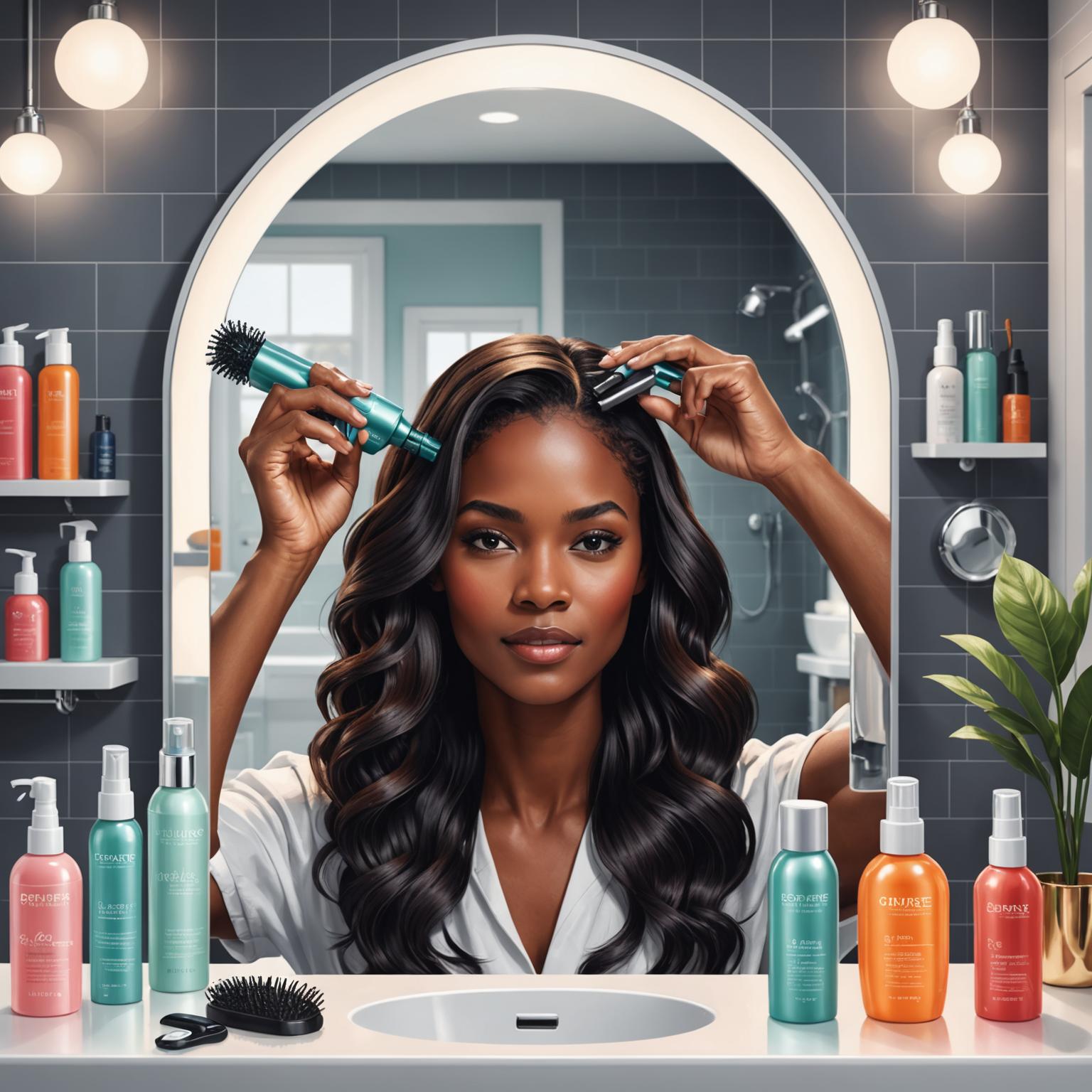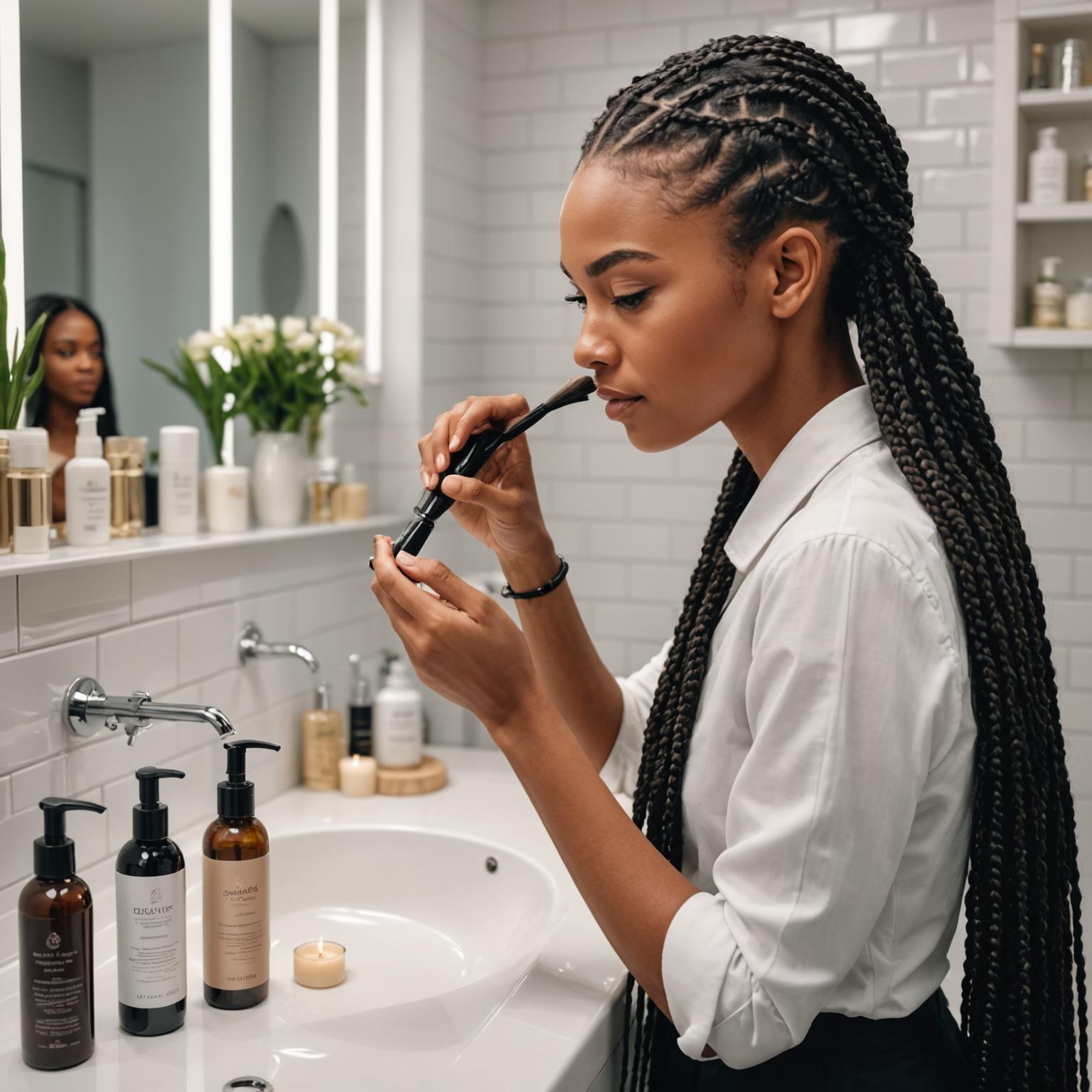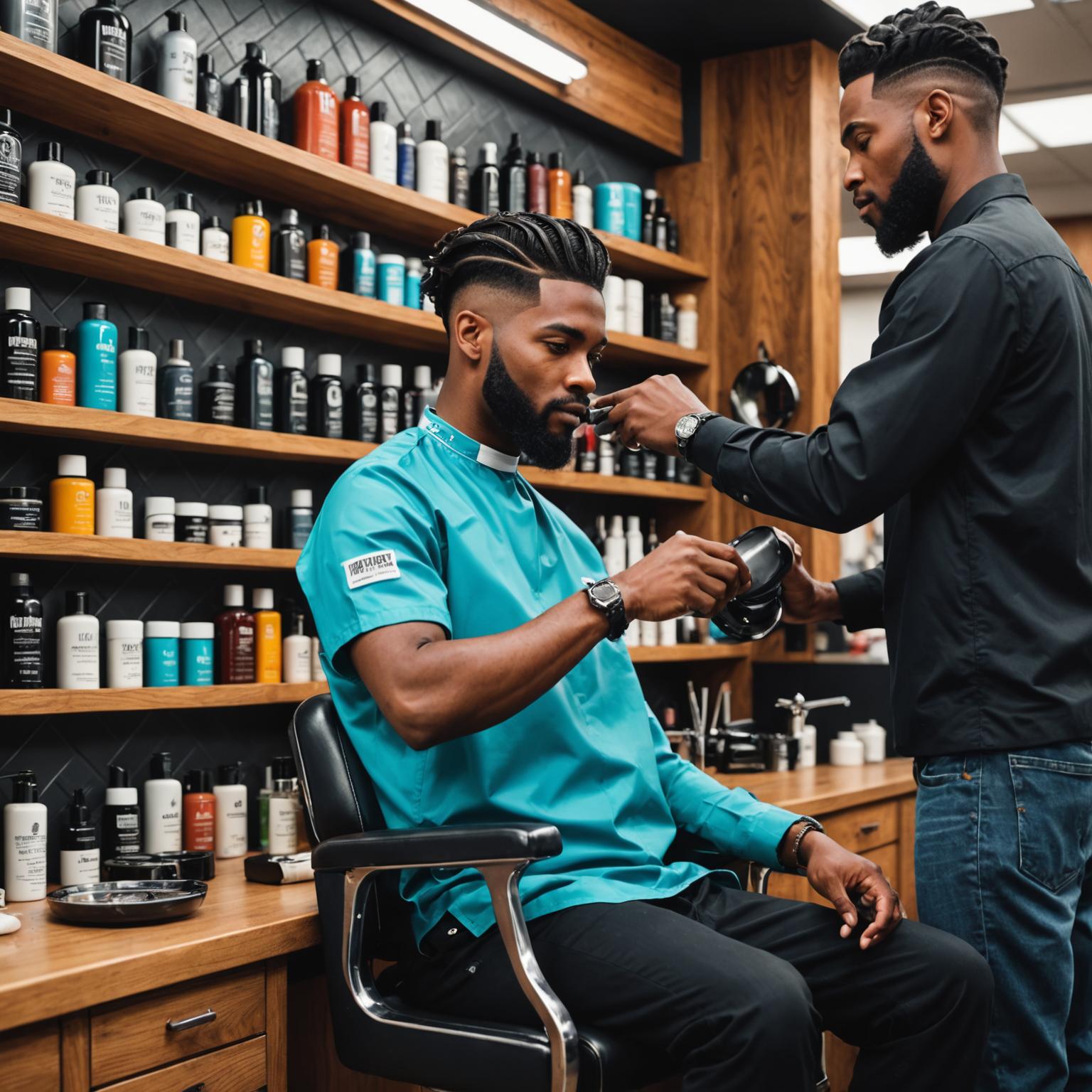When we desire luscious, strong, and vibrant hair, our focus often lands on the strands themselves—the latest conditioners, serums, and styling products. However, the true foundation of beautiful hair lies deeper, at its very origin. Achieving optimal hair roots health is the most critical step toward preventing hair loss and promoting vigorous growth. Without a healthy foundation at the scalp, any effort to improve the hair's appearance is merely a temporary fix. Understanding what supports or harms your hair roots is the key to unlocking your hair's full potential.
The Anatomy of a Healthy Hair Root
The hair root is housed within a tiny pocket in the skin called the hair follicle. At the base of the follicle is the hair bulb, where living cells divide and grow to build the hair shaft. Blood vessels nourish the cells in the hair bulb, delivering the oxygen and nutrients necessary for healthy hair growth. This intricate system is highly sensitive to changes in our body and environment. The hair growth cycle itself has three main phases: anagen (the active growth phase), catagen (a transitional phase), and telogen (the resting phase). Strong and well-nourished roots ensure a long and robust anagen phase, leading to longer, thicker hair. When the root is compromised, this cycle can be disrupted, resulting in premature shedding and weaker hair strands.
Common Culprits Behind Weak Hair Roots
Various factors, both internal and external, can negatively impact your hair roots health. Internally, nutritional deficiencies are a primary cause. A lack of essential nutrients like iron, zinc, protein, and B-vitamins can starve the hair follicles, weakening the roots and impeding growth. Hormonal fluctuations, such as those experienced during pregnancy, menopause, or due to thyroid conditions, can also significantly affect the hair growth cycle. Furthermore, chronic stress elevates cortisol levels, which can push follicles into a premature resting phase, leading to increased hair fall. Externally, our daily habits play a huge role. Harsh chemical treatments like bleaching and coloring, excessive use of heat styling tools, and tight hairstyles that pull on the scalp (traction alopecia) all inflict direct damage on the follicle and weaken the root's grip. Poor scalp hygiene can also lead to clogged follicles, inflammation, and fungal infections, creating an inhospitable environment for hair to grow.
Identifying the Signs of Poor Root Health
Your body often sends clear signals when your hair roots are in distress. The most obvious sign is an increase in hair shedding, whether it's more hair on your brush, in the shower drain, or on your pillow. You might also notice that your hair is not growing as long as it used to, or that its overall volume has decreased. The hair itself may feel brittle and break easily, sometimes close to the scalp. An unhealthy scalp is another major indicator; symptoms like persistent itchiness, dandruff, redness, or excessive oiliness suggest an underlying issue that is affecting the follicles. Ignoring these signs can lead to more significant hair thinning and loss over time, making it crucial to seek a proper hair root treatment.
Effective Strategies for a Revitalizing Hair Root Treatment
Reviving weak hair roots requires a multi-faceted approach that addresses both internal and external factors. The first step is adopting a hair-healthy diet. Ensure your meals are rich in protein (the building block of hair), iron, vitamin C (which aids iron absorption), omega-3 fatty acids, and biotin. Staying hydrated by drinking plenty of water is also essential for overall cellular health, including the cells in your hair follicles. A consistent and gentle hair care routine is equally important. Switch to a mild, sulfate-free shampoo to avoid stripping the scalp of its natural oils. Minimize heat styling and allow your hair to air-dry whenever possible. Incorporate regular scalp massages into your routine; using your fingertips to gently massage your scalp for a few minutes each day can boost blood circulation, delivering more nutrients and oxygen to the roots. This simple practice is a powerful at-home hair root treatment that supports a healthy growth environment.
When to Seek Professional Help for Your Hair Roots
While lifestyle changes and at-home care can make a significant difference, some conditions require professional intervention. If you experience sudden or severe hair loss, or if your scalp issues persist despite your best efforts, it is wise to consult a dermatologist or a trichologist. These specialists can perform diagnostic tests to identify the root cause of the problem, whether it's a hormonal imbalance, a medical condition, or a specific scalp disorder. Based on their diagnosis, they can recommend advanced treatments. Options may include prescription topical solutions like minoxidil, oral medications, low-level laser therapy (LLLT) which stimulates follicle activity, or Platelet-Rich Plasma (PRP) therapy, where your own platelets are injected into the scalp to promote healing and rejuvenation. A professional can guide you toward the most effective and safest path for restoring your hair's vitality.





